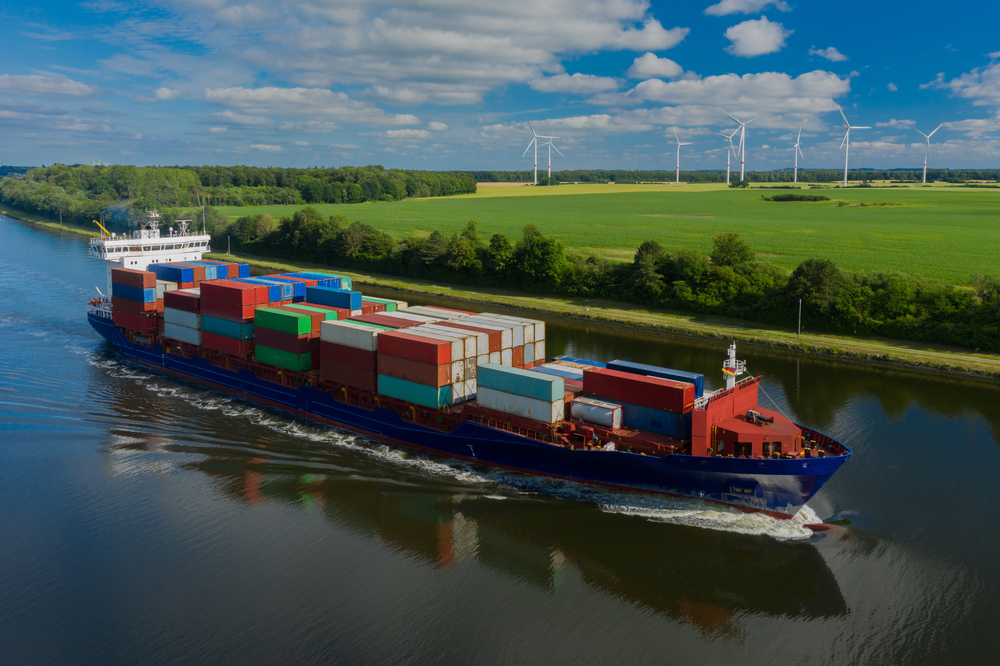GHG Emissions, Industrial, Regulation - March 1, 2024
EPA to Decarbonize Ports
The U.S. Environmental Protection Agency announced the launch of the $3 billion Clean Ports Program to fund zero-emission port equipment and infrastructure.
This program will improve air quality at U.S. ports and and will advance environmental justice by reducing diesel pollution from U.S. ports in surrounding communities as part of President Biden’s Biden’s Inflation Reduction Act.
The Clean Ports Program will help ports transition to fully zero-emissions operations.
The EPA is releasing two separate Notice of Funding Opportunities (NOFOs) as part of the $3 billion. The nearly $2.8 billion Zero-Emission Technology Deployment Competition will directly fund zero-emission port equipment and infrastructure to reduce mobile source emissions at U.S. ports.
Projects that would be eligible include human-operated and maintained zero-emission cargo handling equipment, harbor craft and other vessels, electric charging and hydrogen fueling infrastructure, and a number of other technology investments.
The approximately $150 million Climate and Air Quality Planning Competition will fund climate and air quality planning activities at U.S. ports, including emissions inventories, strategy analysis, community engagement and resiliency measure identification.
“Our nation’s ports are among the busiest in the world, helping us to create good jobs here in America, move goods, and grow our economy,” said EPA Administrator Michael S. Regan in a statement. “Today’s historic funding announcement reflects President Biden’s vision of growing our economy while ensuring America leads in creating globally competitive solutions of the future. Today we’re making $3 billion available to install cleaner and more efficient technologies while cutting air pollution to protect the people who work at and live near ports.”
The funding for the two grant competitions is available to port authorities; state, regional, local, or Tribal agencies that have jurisdiction over a port authority or port; air pollution control agencies; and private entities that apply in partnership with an eligible entity above and that own, operate or use facilities, cargo-handling equipment, transportation equipment, or related technology of a port.
Read These Related Articles:
- Renewable Energy in the EPA's Clean Power Plan, Part 1: Introduction to Emission Rate Credits
- Federal court blocks EPA regulation of HFCs
- EIA: Coal will again be country's largest source of electric generation without Clean Power Plan
- Autos ask EPA head to ease fuel economy targets
- Reports: Trump aims to shutter Energy Star program
Stay Up-To-Date












